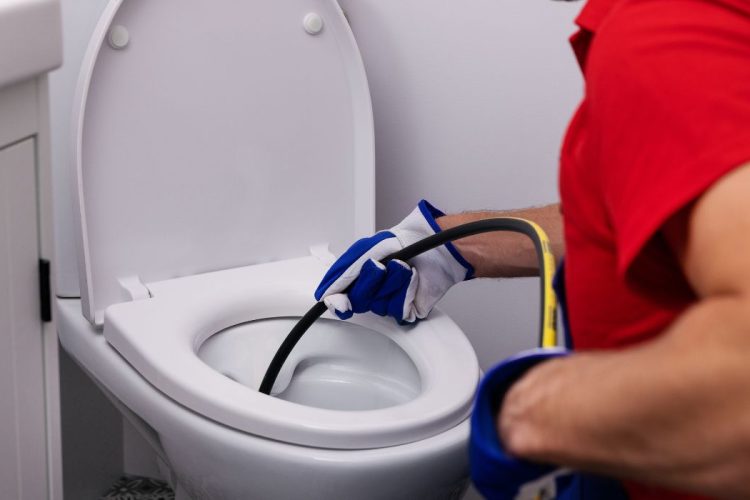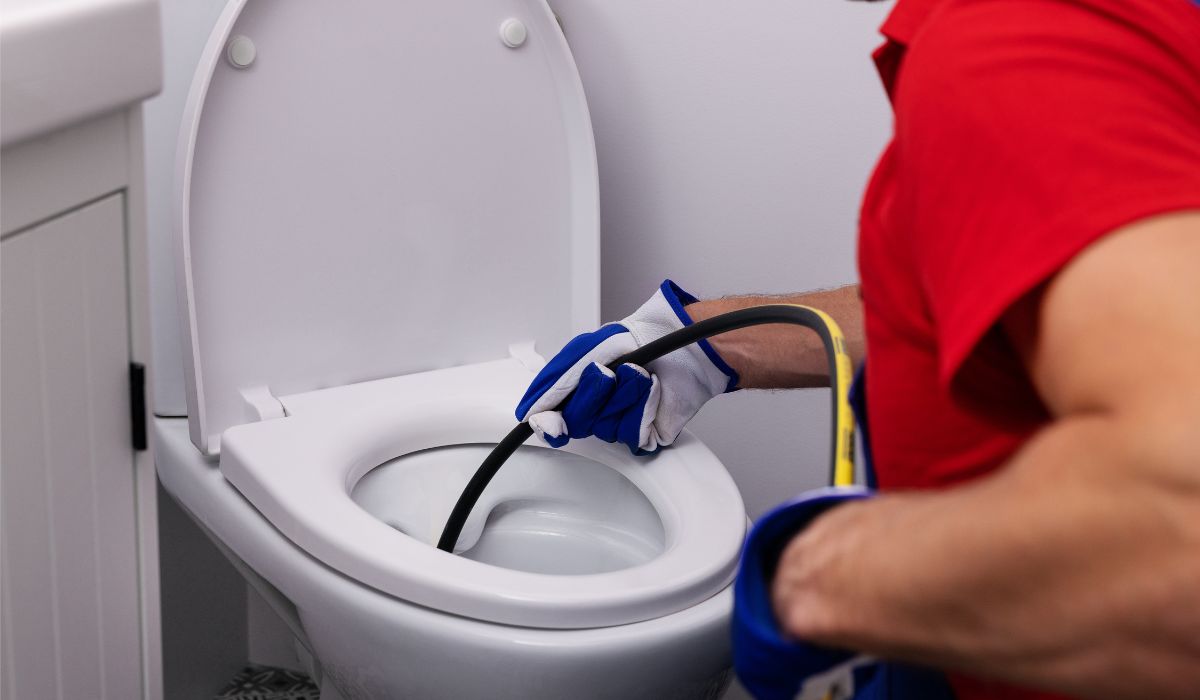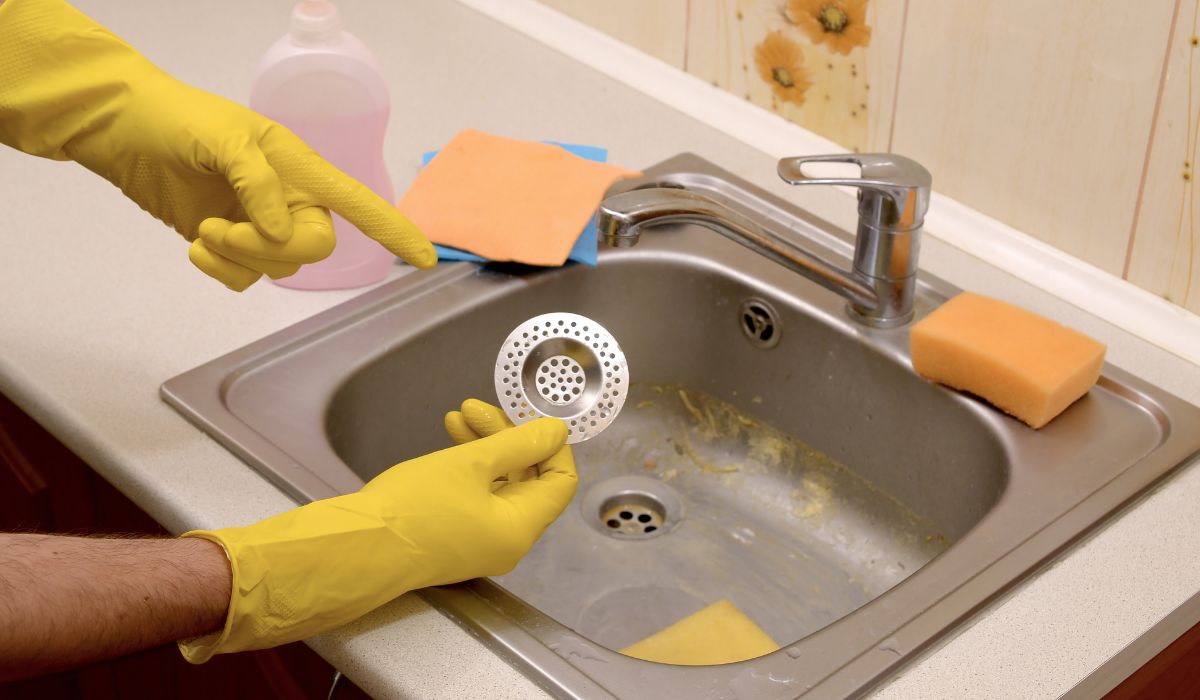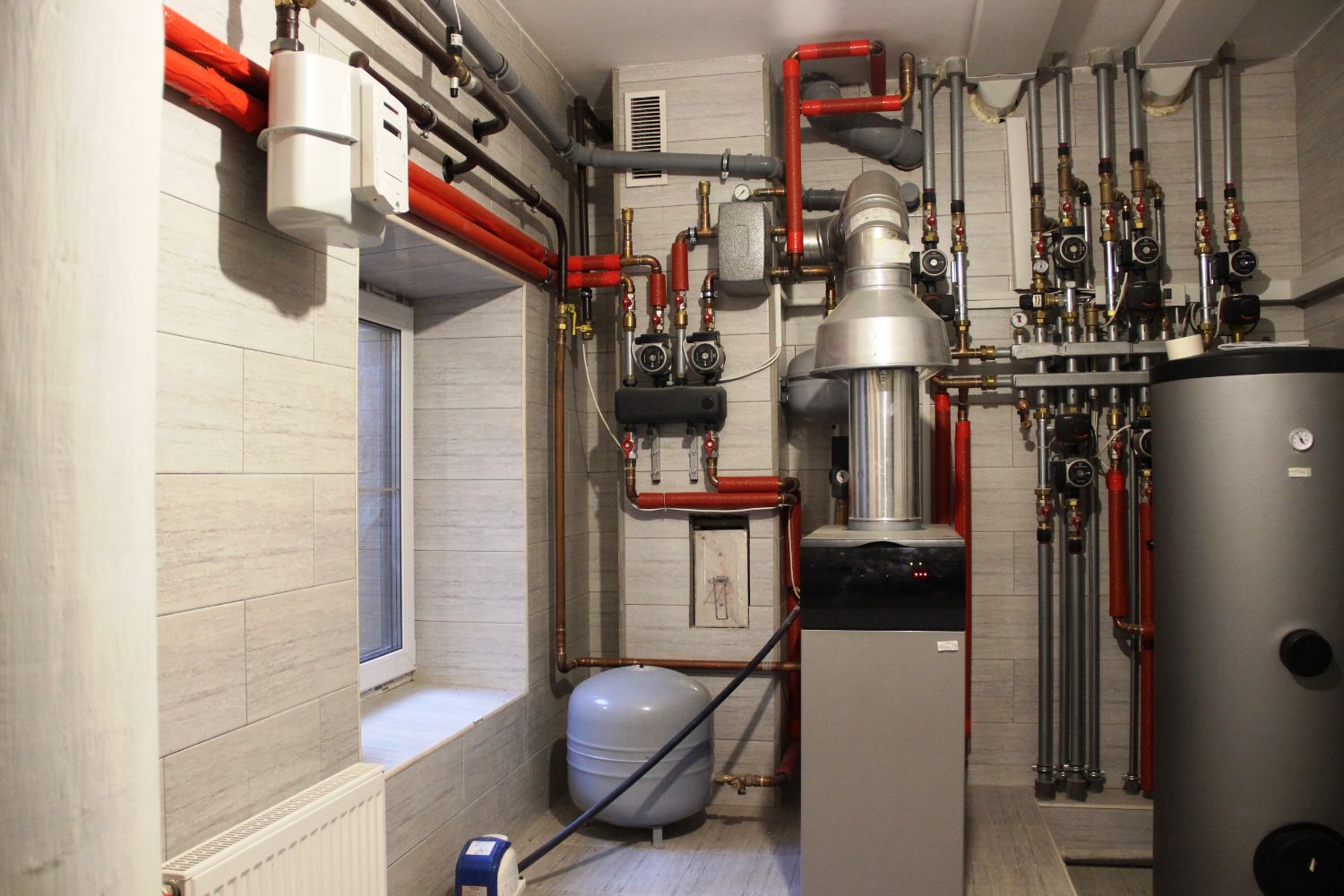Hey there, I’m Ted B. White, the owner of My Boise Plumbers. If you’re reading this, chances are you’re dealing with a clogged toilet right now—something I know all too well as a plumber here in Boise, Nampa, and Meridian, ID. Trust me, I’ve seen it all when it comes to toilet issues, from minor clogs to full-blown disasters.
But here’s the good news: You don’t have to call a plumber right away (unless it’s really bad). With a little elbow grease, the right tools, and a bit of patience, you can usually clear that clog on your own. In this blog post, I’m going to guide you through the process of unclogging your toilet, step by step.
Let’s dive in!
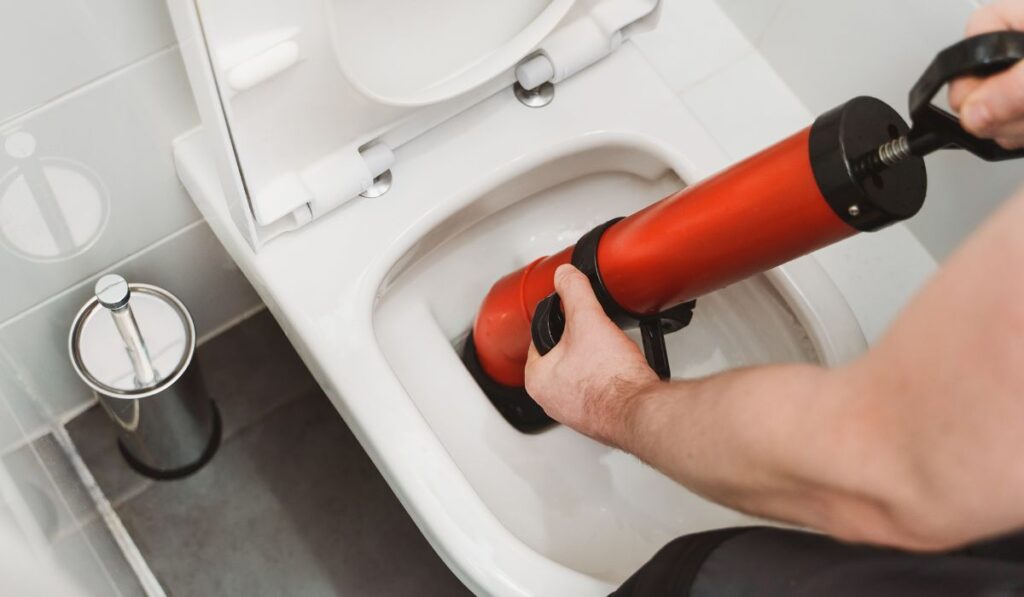
Step 1: Assess the Situation
Before you grab your plunger, take a second to assess what’s going on with your toilet. Is the water rising in the bowl? If it’s close to overflowing, you don’t want to make the situation worse by flushing again. Here’s what you should do:
- Turn off the water: If the water’s close to overflowing, find the water supply valve behind the toilet and turn it off. This will stop more water from entering the bowl and prevent a mess.
- Don’t flush: You might think it’ll help, but flushing again will just make things worse. Trust me, it’s better to hold off.
- Prepare the area: Lay down some newspapers or towels around the base of the toilet. This helps in case of spills or splashes.
- Put on your gloves: You’ll want to wear rubber gloves to protect your hands from bacteria and other nasties that can be lurking in your toilet. Better safe than sorry!
Step 2: Gather Your Tools
Now it’s time to get your tools together. You don’t need a lot, but you will need a few essentials:
- Flange plunger: The flange plunger is your best friend when it comes to toilet clogs. It has a unique design that fits snugly into your toilet’s drain to create a strong seal, making it easier to clear the blockage.
- Gloves: We already talked about these, but it’s worth emphasizing again—protect your hands!
- Bucket: You might need this if the bowl is too full of water.
- Towels or Rags: For any accidental spills or drips.
Step 3: Plunge Away
Okay, now we’re getting to the fun part—plunging. Here’s how to do it right:
- Position the plunger: Make sure the flange of the plunger fits snugly into the toilet’s drain hole. This is key to getting a good seal and generating enough pressure.
- Create a seal: Press the plunger down gently at first, then push down hard to create a seal around the drain.
- Plunge with force: Once you’ve got a good seal, start plunging. Push down and pull up quickly, maintaining the pressure. Repeat this motion about 10-15 times. The key is to push and pull quickly but carefully to create suction and pressure to dislodge the blockage.
- Flush to test: After a few rounds of plunging, flush the toilet. If the water drains properly, you’ve likely cleared the clog. If not, repeat the process a few more times.
Step 4: When to Break Out the Toilet Auger
If your plunger can’t do the trick, it’s time for a more serious tool: the toilet auger. This is basically a plumbing snake designed specifically for toilets, and it’s a lifesaver when dealing with stubborn blockages.
- Insert the auger: Gently insert the toilet auger into the bowl, being careful not to scratch the porcelain.
- Turn the handle: As you feed the auger into the drain, turn the handle clockwise. You’ll feel some resistance when you hit the clog.
- Break up the blockage: Once you’ve reached the blockage, keep turning the auger to break it up or grab hold of it. If you’re able to break it up, you should be able to flush the toilet.
- Retract the auger: Slowly pull the auger back out, ensuring the clog is gone.
Step 5: Alternative Methods for Stubborn Clogs
Sometimes, even the toilet auger and plunger won’t do the trick. If that’s the case, try these alternative methods before calling in the professionals:
- Hot water and dish soap: Pour about a gallon of hot water (not boiling!) into the bowl, followed by a few squirts of dish soap. Let it sit for 20-30 minutes to loosen up the clog. Then, try plunging again.
- Baking soda and vinegar: Mix one cup of baking soda and two cups of vinegar. Pour it into the toilet bowl and let it fizz for about 30 minutes. This natural solution can work wonders on a stubborn blockage.
Step 6: What Not to Do
While there are plenty of great methods for clearing a clog, there are also a few things you should definitely avoid:
- Drain cleaners: Never, ever use chemical drain cleaners in your toilet. They’re harsh and can damage the toilet’s porcelain finish and plumbing system.
- Makeshift tools: Using a coat hanger or other makeshift tools might seem like a good idea, but they can cause more harm than good—scratching the porcelain and possibly damaging the pipes.
- Boiling water: As tempting as it might be, boiling water can crack your toilet’s porcelain. Stick to hot tap water.
Step 7: Preventing Future Clogs
Once you’ve cleared the clog, you’ll want to make sure it doesn’t happen again. Here are a few simple toilet maintenance tips to keep things running smoothly:
- Limit toilet paper use: Toilet paper use can add up quickly. Consider using less or installing a bidet for a more eco-friendly and hygienic alternative.
- Educate your household: Make sure everyone in your home knows what can and cannot be flushed. Avoid flushing paper towels, sanitary products, and even flushable wipes—they’re a common cause of clogs.
- Regular inspections: Check your toilet tank and flapper for wear and tear. If you notice any leaks, cracks, or other signs of damage, it’s best to address them early before they become bigger issues.
Step 8: When to Call a Plumber
If you’ve tried everything and your toilet is still clogged, it’s time to call in the pros. At MyBoisePlumbers, we have the expertise and the right equipment to tackle even the toughest toilet clogs. Whether it’s a stubborn blockage, leaking pipes, or something more serious, we’ve got you covered.

Conclusion: You’ve Got This!
No one wants to deal with toilet troubles, but with the right tools and techniques, you can clear most clogs on your own. Plus, you’ll feel great knowing you handled it yourself! If you run into any issues you can’t resolve, don’t hesitate to reach out to MyBoisePlumbers for expert assistance.
For more helpful tips and tricks on keeping your plumbing in top shape, check out our blog. We’re always here to help you maintain a healthy plumbing system.

